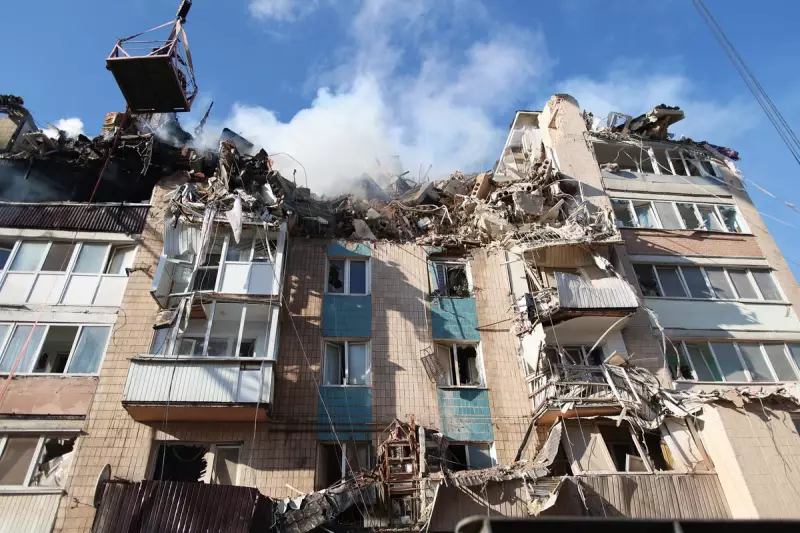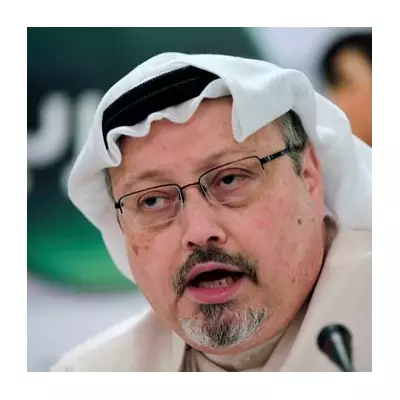
A detailed 28-point draft proposal from former President Donald Trump to end Russia's war in Ukraine has been presented in Kyiv, offering terms that appear significantly more favourable to Moscow while demanding substantial concessions from Ukraine.
The Core Peace Framework
According to documents obtained by The Associated Press, Washington and Moscow collaborated on the draft, which was presented in the Ukrainian capital on Thursday. The comprehensive plan would see Ukraine formally cede territory to Russia while permanently abandoning its aspirations to join NATO.
The proposal begins by confirming Ukraine's sovereignty but immediately establishes restrictions that would reshape the country's security landscape. Ukraine's armed forces would be limited to 600,000 personnel, and the nation would be required to enshrine in its constitution that it will not join NATO.
In parallel, NATO would incorporate into its statutes a provision permanently barring Ukraine's future membership. The alliance would also agree not to station troops in Ukrainian territory, though European fighter jets would be positioned in Poland as a regional security measure.
Territorial Concessions and Security Guarantees
The most contentious elements concern territorial arrangements. The plan calls for Crimea, Luhansk and Donetsk to be recognised as de facto Russian territory, including by the United States. Kherson and Zaporizhzhia would be "frozen" along the current line of contact, effectively recognising Russian control over occupied areas.
Ukrainian forces would withdraw from the portion of Donetsk Oblast they currently control, creating a neutral demilitarised buffer zone internationally recognised as Russian territory. Russian forces would not enter this zone.
In exchange, Ukraine would receive security guarantees from the United States, though with significant conditions. The US would receive compensation for these guarantees, which would be voided if Ukraine invades Russia or launches missiles against Moscow or St Petersburg "without cause".
Economic Reconstruction and Russian Reintegration
The economic components propose massive reconstruction efforts for Ukraine while offering Russia substantial relief from international sanctions. $100 billion in frozen Russian assets would be invested in US-led rebuilding efforts in Ukraine, with America receiving 50% of the profits.
Europe would add another $100 billion to the reconstruction fund, while frozen European funds would be unfrozen. Additional frozen Russian funds would be directed to a separate US-Russian investment vehicle for joint projects.
Russia would be reintegrated into the global economy through staged sanctions relief and invited to rejoin the G8. The United States would enter long-term economic cooperation agreements with Russia covering energy, natural resources, infrastructure, and artificial intelligence.
The Zaporizhzhia Nuclear Power Plant would resume operations under International Atomic Energy Agency supervision, with electricity production split equally between Russia and Ukraine.
Implementation and Oversight
The agreement would be legally binding and monitored by a Peace Council headed by Donald Trump himself. A joint American-Russian working group would ensure compliance with all provisions.
Ukraine would hold elections within 100 days of agreement, and all parties involved in the conflict would receive full amnesty for actions during the war. The ceasefire would take effect immediately after both sides retreat to agreed positions.
The proposal also includes humanitarian measures, including prisoner exchanges on an "all for all" basis, return of civilian detainees and children, family reunification programs, and educational initiatives promoting tolerance and eliminating "Nazi ideology".





